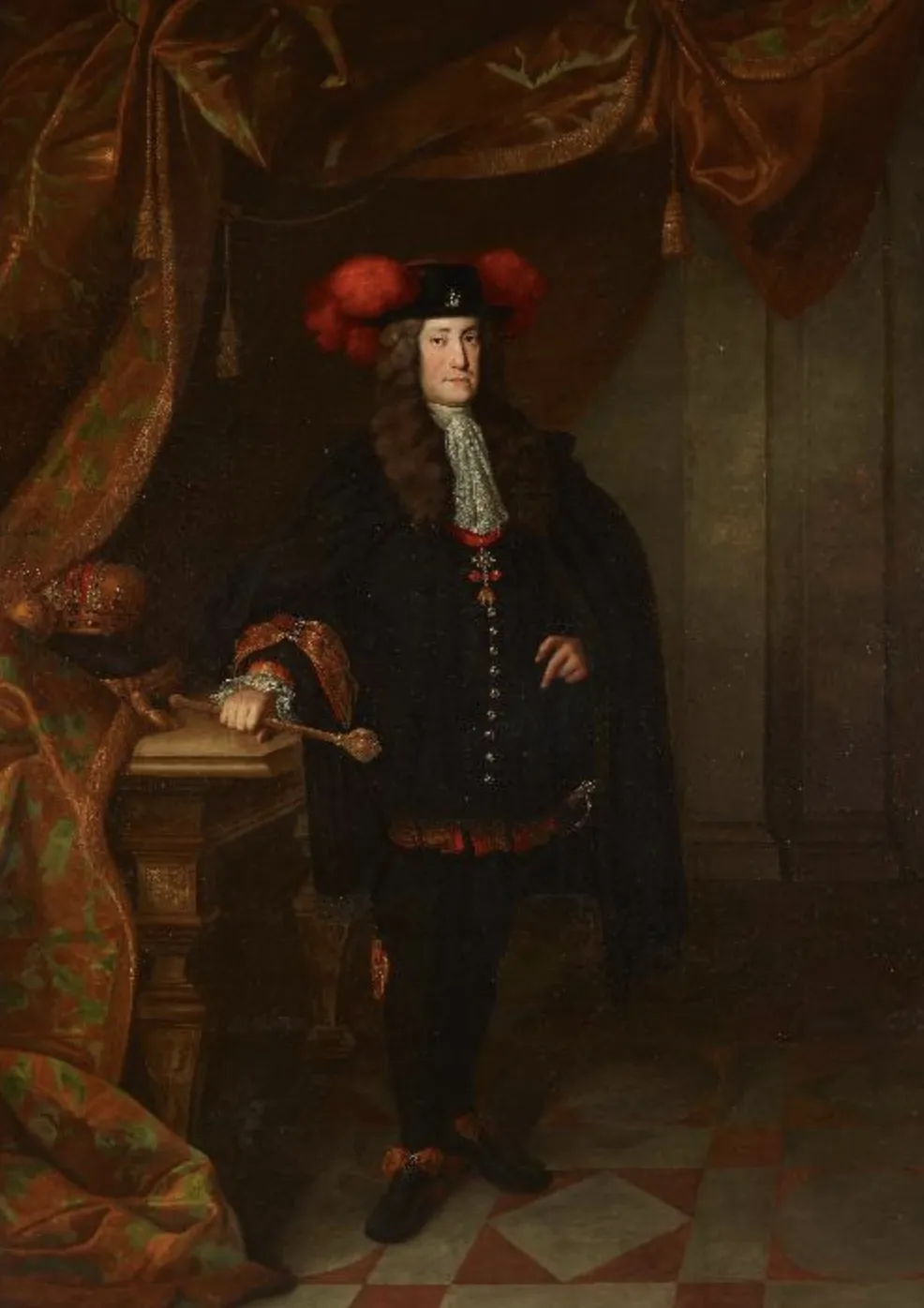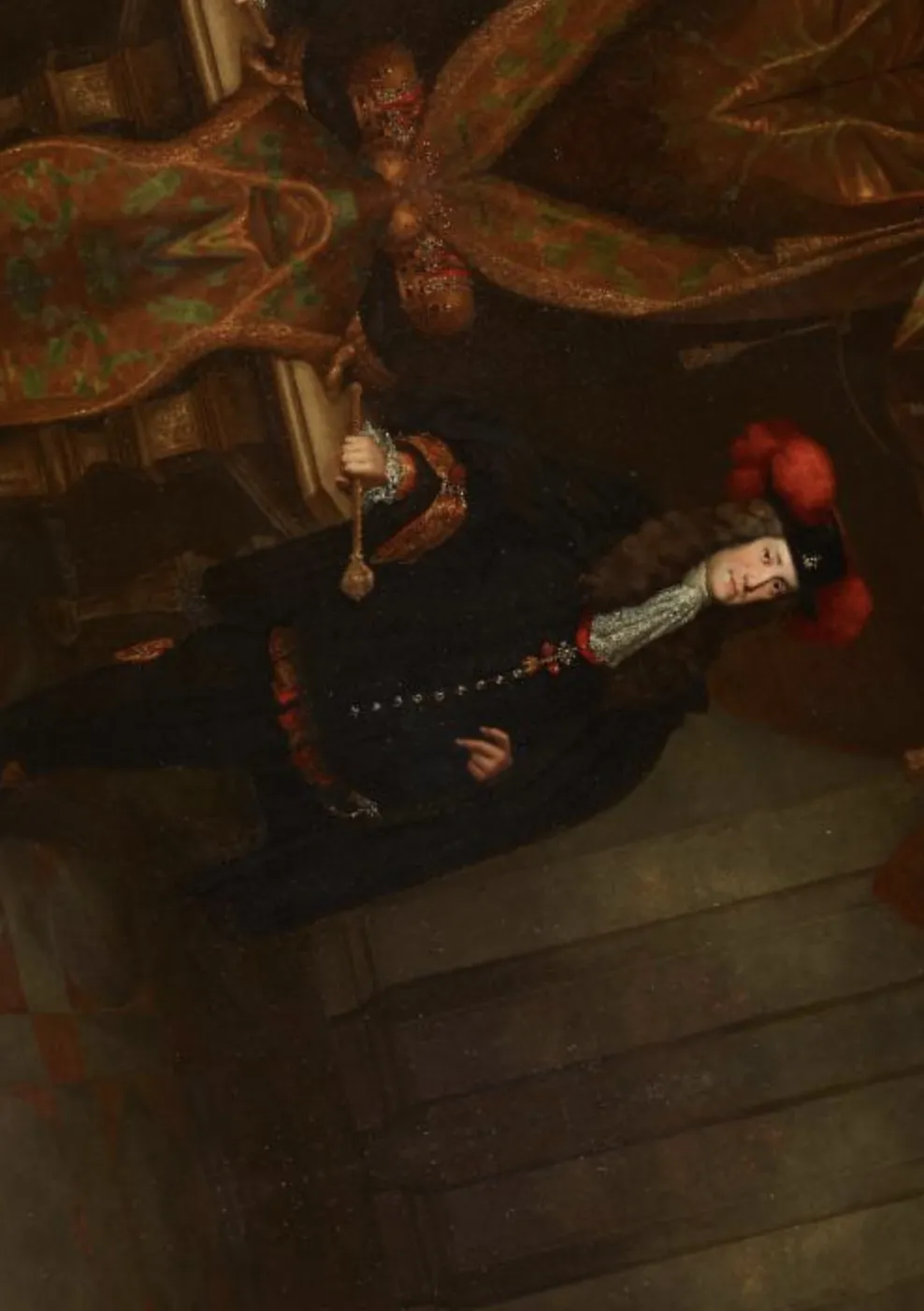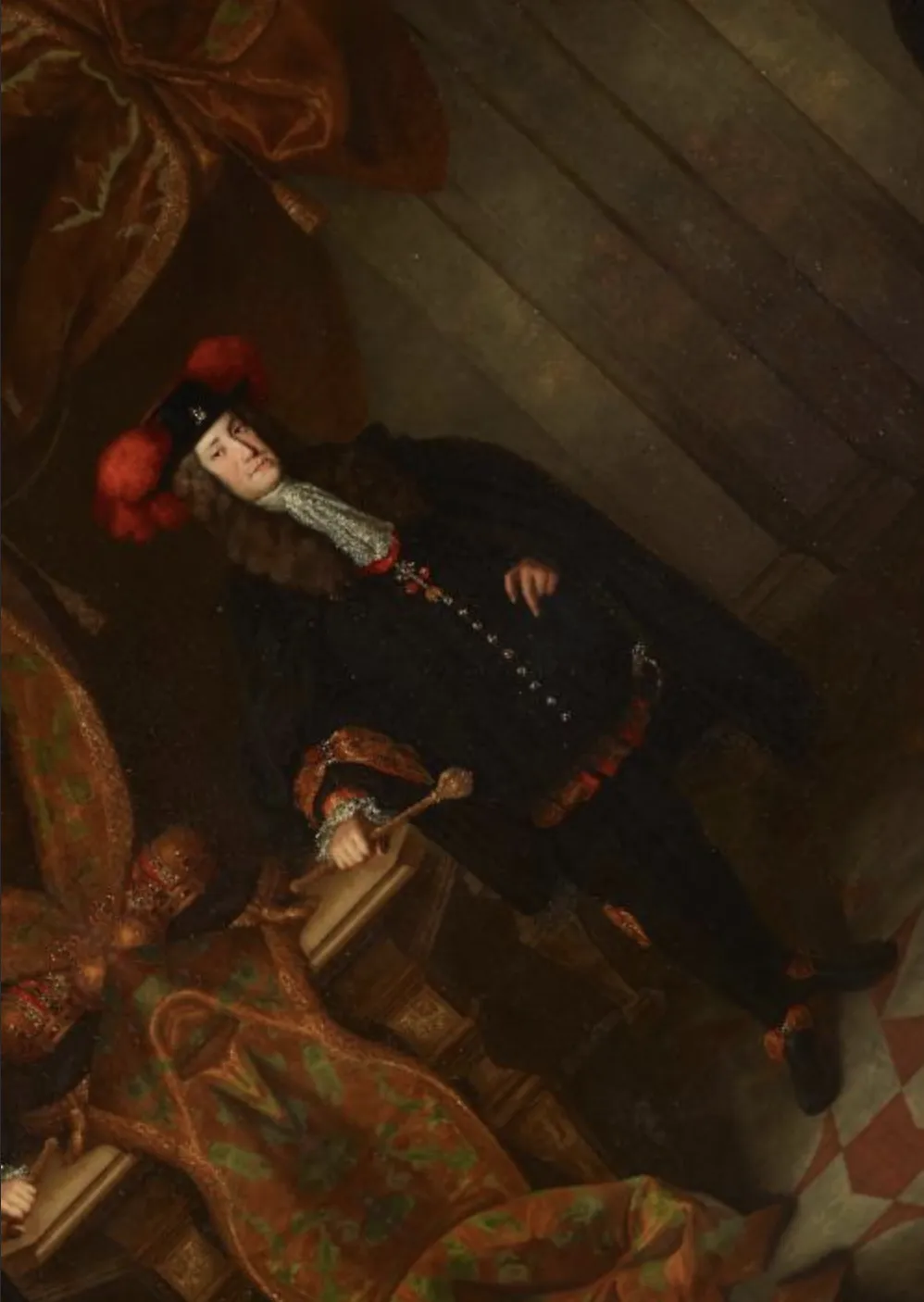Rotate
If you have ever worked on a Computer Vision project, you might know that using augmentations to diversify the dataset is the best practice. On this page, we will:
- Сover the Rotate augmentation;
- Check out its parameters;
- See how Rotate affects an image;
- And check out how to work with Rotate using Python through the Albumentations library.
Let’s jump in.
Rotate augmentation explained
To define the term, Rotate is a data augmentation technique used to randomly rotate an image clockwise or counter-clockwise by a certain number of degrees. As the transformation result, you will get an updated image with the changed position of the objects in the frame.
Using Rotate helps Data Scientists increase the variety of points of view on an object in the training set. This approach creates the needed diversity without the need to find and label more data.
Rotate augmentation parameters
- Probability of applying transform - defines the likelihood of applying Rotate to an image;
- Range from which a random angle is picked - as the name suggests, this parameter specifies a certain range from which a random angle (in degrees) is picked and used to rotate an image.
Rotate augmentation visualized

Source

Source

Source
